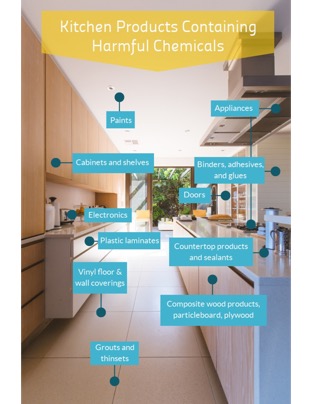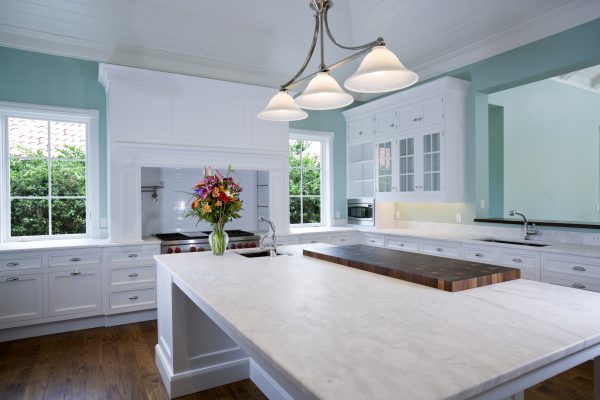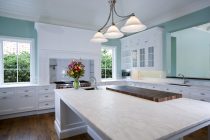Kitchens are an integral part of every home. Ultimately, kitchens are where we nourish ourselves, feed our families and host guests. However, kitchen design and its effect on human health and well-being is often overlooked. Promoting and supporting healthy kitchen environments requires a detailed and comprehensive understanding of Building Biology principles.
You can download this fact sheet by clicking here.
As Building Biologists, we are trained and committed to the investigation and analysis of healthy building practices using core principles and techniques rooted in nature. We understand that there is a direct correlation between biological compatibility and ecological balance; the products that support and sustain human health will ultimately sustain the planet. With nature as the Gold Standard, Building Biologists seek to enhance health by creating homes that emulate conditions found within nature; those that support human biology. This design perspective positively impacts not only the quality and longevity of the entire home but also the quality of life for its inhabitan ts.
ts.
In this course, Kitchens Designed for Wellness Part 1, Building Biology principles connecting health with ecology are applied to kitchen design and specifications. Studies indicate that our built environments play a significant role in occupant health. The most reliable approach to avoiding harm, is to avoid potential hazards. Eliminating exposure to toxic substances and making more informed choices about product replacements is a large part of the solution. Healthy kitchen design takes many aspects into consideration and celebrates human interaction with the built environment by promoting health and well-being.
Kitchens Designed for Wellness Part 1 will explore the key features in finish, fixture and appliance selection. The five qualitative elements that dramatically impact human biology are air, water, light, acoustics and electro-biology. Students will learn how occupant exposure to hazardous kitchen conditions affects human biology and, more importantly, how to minimize unnecessary risks. This course will explore alternatives and offer insight into design, product selection and building procedures that improve human health.
Recommendations and criteria are provided for evaluating safer kitchen cabinets, countertops, floors, wall finishes and interior paints. Students will learn how to evaluate air, water and light quality and identify unnecessary exposure to electromagnetic radiation as well as noise pollution. Also provided are biological considerations for appliance selection; including electric, gas and induction ranges, microwaves, refrigerators, freezers, dishwashers and sinks.
Want to learn more on this issue? Click the comprehensive online course, here below.


